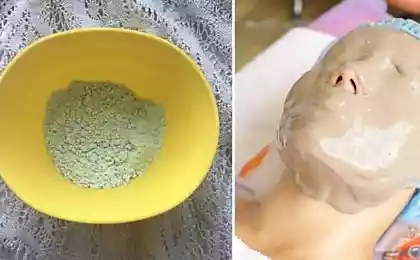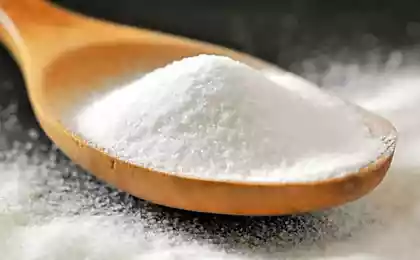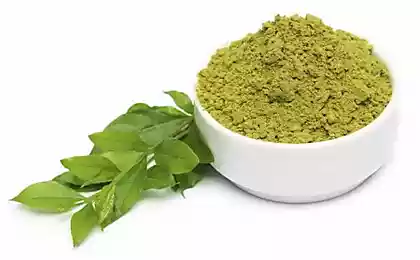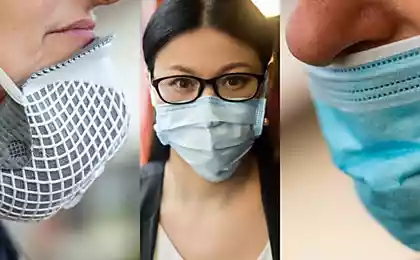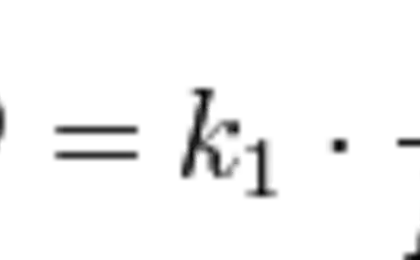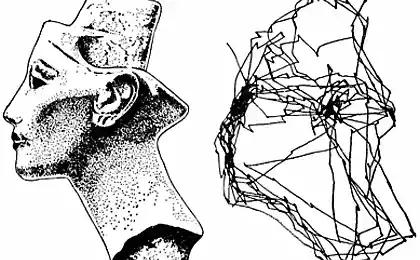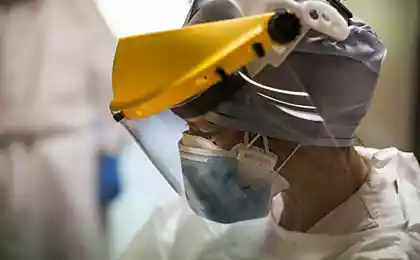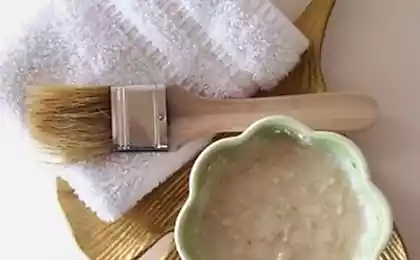155
Two packets of masks have accumulated at home, showing ways of alternative use
Protective masks are a sad omen of our time. We will part with them, judging by the news from the anticove fronts, we are not yet very soon. In the meantime, these pieces of nonwoven material are always at hand: in the glove compartment of the car, in a backpack, in a pocket, in a ladies’ handbag. If so, why not find additional uses? The topic of our article is the alternative use of a disposable mask.
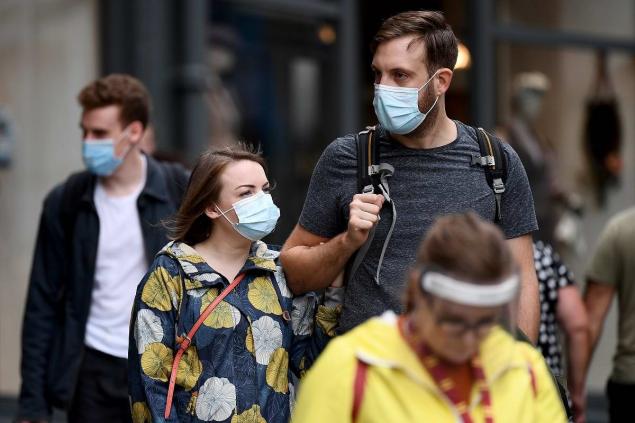
GettyImages Using a disposable mask Immediately I will say that we will only talk about completely new masks. To do anything with masks already worn, as we all know, is dangerous - they can remain viruses. Moreover, after use, such personal protective equipment can not even be thrown away in the open. To avoid spreading the infection, they are placed in a hermetically sealed bag and only then thrown away.
Along with socks, hair gums belong to objects that sometimes disappear in the most inexplicable way. And the importance of this accessory understand only at the moment when you urgently need to cut your hair.
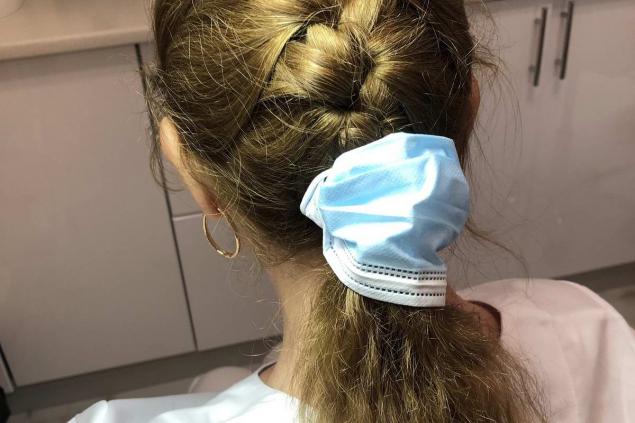
Resourceful girls get out of the situation with the help of pencils, Chinese chopsticks, foil and ubiquitous stationery clamps. However, in my opinion, a disposable mask in this role looks much more organic.
Smartphones have long been indispensable for us. And when the battery of a digital friend approaches zero, you feel like you have no hands: no phone, no Internet, no fare.
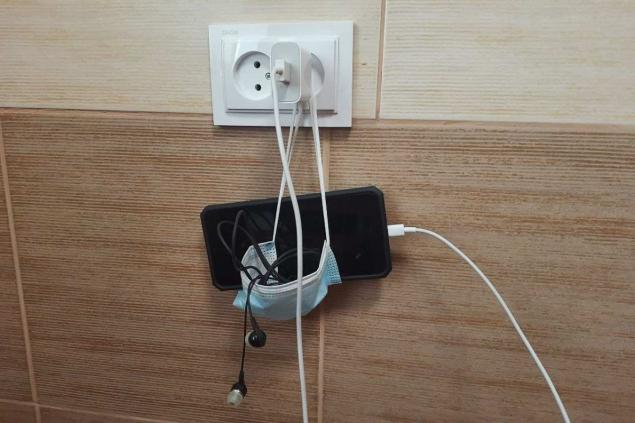
You can find a free socket in a cafe or even on the street. But to attach your device to it, sometimes you have to show wonders of ingenuity. The source of current is high above the ground, then there is no table or other furniture nearby.
And then a disposable mask comes to the rescue. With the help of simple manipulations, it can be turned into a kind of hammock for the phone. Also, the pocket turns out where you can put, for example, headphones.
In the conditions of the initial shortage of masks, many craftsmen appeared, making them from improvised materials. Like coffee filters.
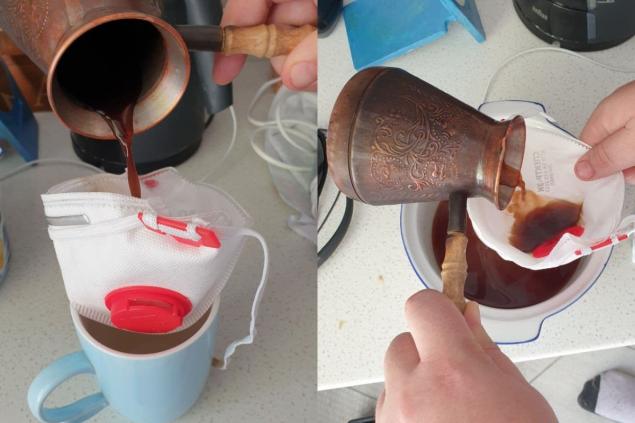
But if a coffee filter is enough to make a makeshift mask, why not make a coffee filter out of a real mask? "L" is logic!
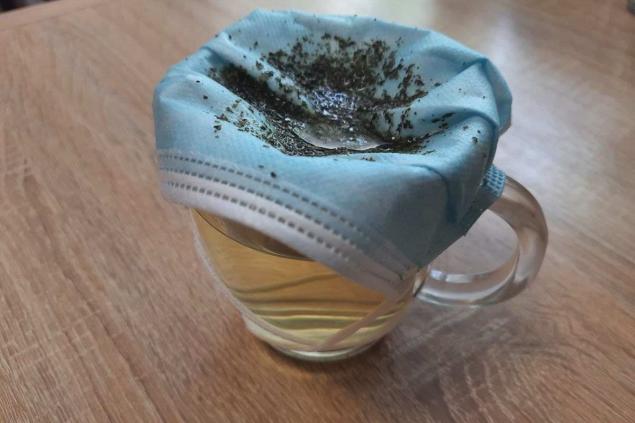
It is said and done: when there is no coffee filter or tea strainer at hand, smart lovers of tonic drinks replace them with disposable masks. This design filters perfectly, after all, several layers of dense material. The main thing is not to take that mask that has been in your jeans pocket for a week.
To obtain soft uniform lighting, experienced photographers use special diffusers. Unlike the mask, they are not always at hand. Therefore, it is likely that a disposable mask will help you to make the perfect shot.
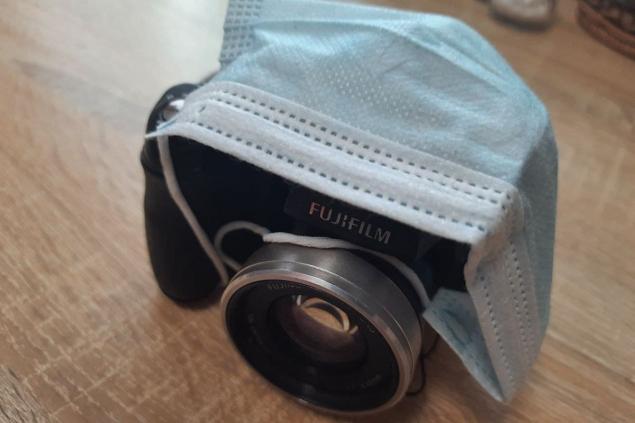
Masks of different colors open space for those who love hand-made. With a certain amount of imagination, they can be turned into applications, bouquets, artistic compositions or even Christmas trees.

Today, the world produces up to 7 billion masks per day. Getting into waste, they pose a serious threat to the environment. Like wet wipes, disposable mask material contains synthetic fibers that take years to decompose completely.
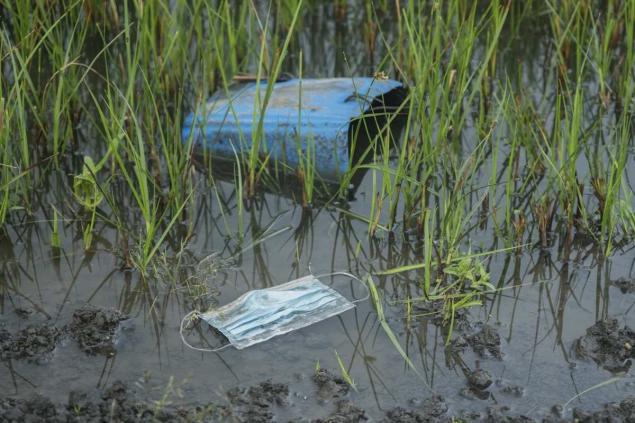
Once in the water, used masks and other products made of nonwoven materials clog water treatment plants and stretch endlessly, winding on the blades of crushers. All this forces scientists to look for ways to reuse them.
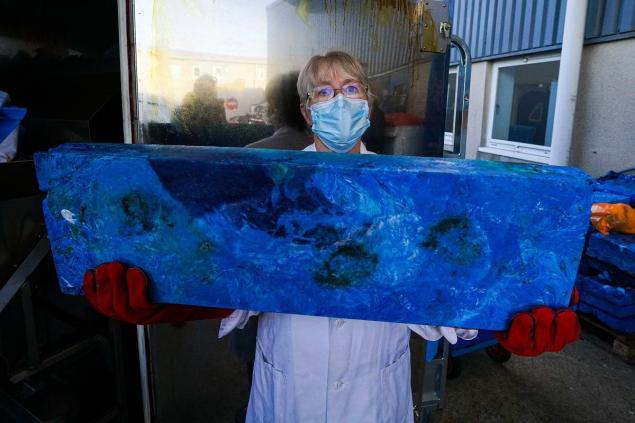
In England, for example, the Sterimelt installation, which uses heat to convert old masks into structural blocks resembling plastic, has been successfully tested. Australian builders, in turn, found that adding crushed masks to concrete significantly increases its strength. Who knows, maybe soon we will be driving on smooth and durable masked roads?
The article and the preview used photos.

GettyImages Using a disposable mask Immediately I will say that we will only talk about completely new masks. To do anything with masks already worn, as we all know, is dangerous - they can remain viruses. Moreover, after use, such personal protective equipment can not even be thrown away in the open. To avoid spreading the infection, they are placed in a hermetically sealed bag and only then thrown away.
Along with socks, hair gums belong to objects that sometimes disappear in the most inexplicable way. And the importance of this accessory understand only at the moment when you urgently need to cut your hair.

Resourceful girls get out of the situation with the help of pencils, Chinese chopsticks, foil and ubiquitous stationery clamps. However, in my opinion, a disposable mask in this role looks much more organic.
Smartphones have long been indispensable for us. And when the battery of a digital friend approaches zero, you feel like you have no hands: no phone, no Internet, no fare.

You can find a free socket in a cafe or even on the street. But to attach your device to it, sometimes you have to show wonders of ingenuity. The source of current is high above the ground, then there is no table or other furniture nearby.
And then a disposable mask comes to the rescue. With the help of simple manipulations, it can be turned into a kind of hammock for the phone. Also, the pocket turns out where you can put, for example, headphones.
In the conditions of the initial shortage of masks, many craftsmen appeared, making them from improvised materials. Like coffee filters.

But if a coffee filter is enough to make a makeshift mask, why not make a coffee filter out of a real mask? "L" is logic!

It is said and done: when there is no coffee filter or tea strainer at hand, smart lovers of tonic drinks replace them with disposable masks. This design filters perfectly, after all, several layers of dense material. The main thing is not to take that mask that has been in your jeans pocket for a week.
To obtain soft uniform lighting, experienced photographers use special diffusers. Unlike the mask, they are not always at hand. Therefore, it is likely that a disposable mask will help you to make the perfect shot.

Masks of different colors open space for those who love hand-made. With a certain amount of imagination, they can be turned into applications, bouquets, artistic compositions or even Christmas trees.

Today, the world produces up to 7 billion masks per day. Getting into waste, they pose a serious threat to the environment. Like wet wipes, disposable mask material contains synthetic fibers that take years to decompose completely.

Once in the water, used masks and other products made of nonwoven materials clog water treatment plants and stretch endlessly, winding on the blades of crushers. All this forces scientists to look for ways to reuse them.

In England, for example, the Sterimelt installation, which uses heat to convert old masks into structural blocks resembling plastic, has been successfully tested. Australian builders, in turn, found that adding crushed masks to concrete significantly increases its strength. Who knows, maybe soon we will be driving on smooth and durable masked roads?
The article and the preview used photos.
Never throw away even expired cosmetics, the beautician shared his wisdom
Consultant fashion store in Poland told what blouses age women after 50


